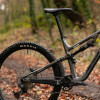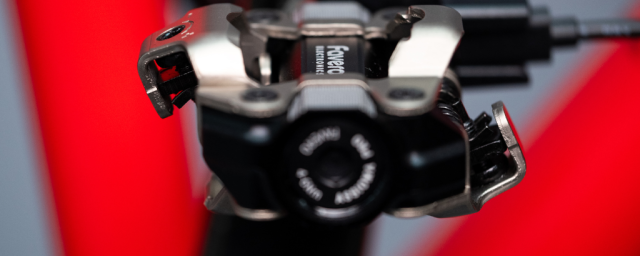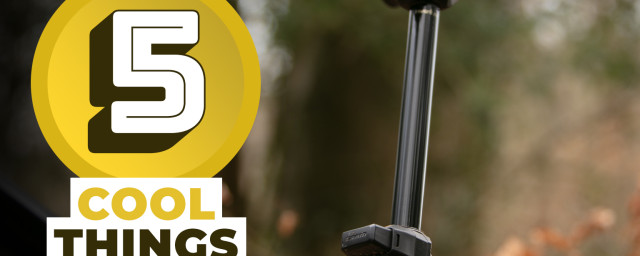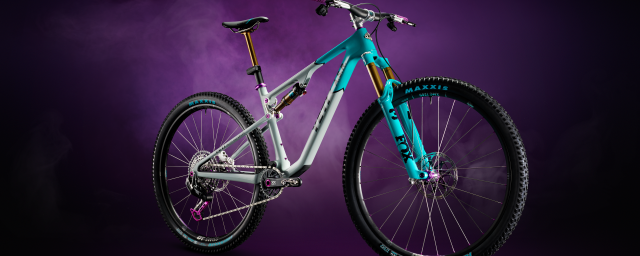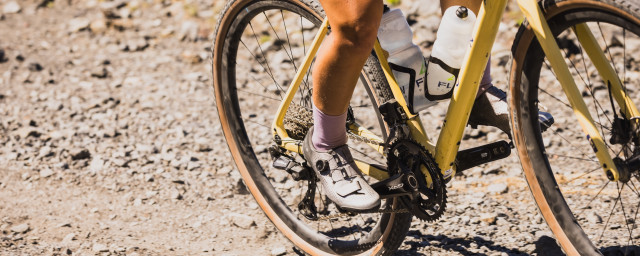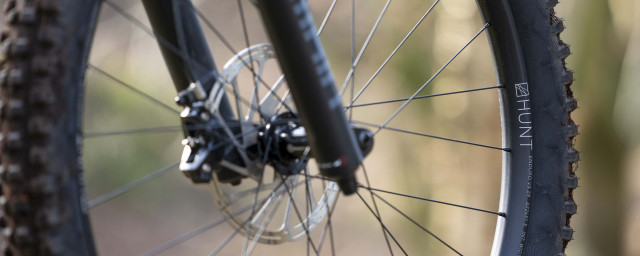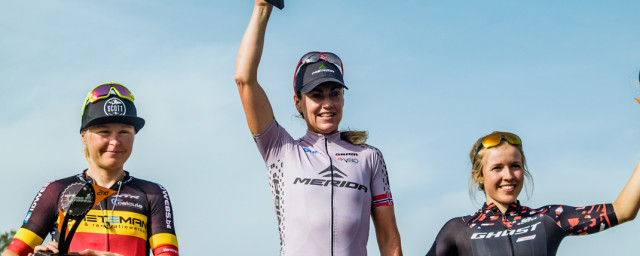Bike size guide - how to find the perfect bike size for you
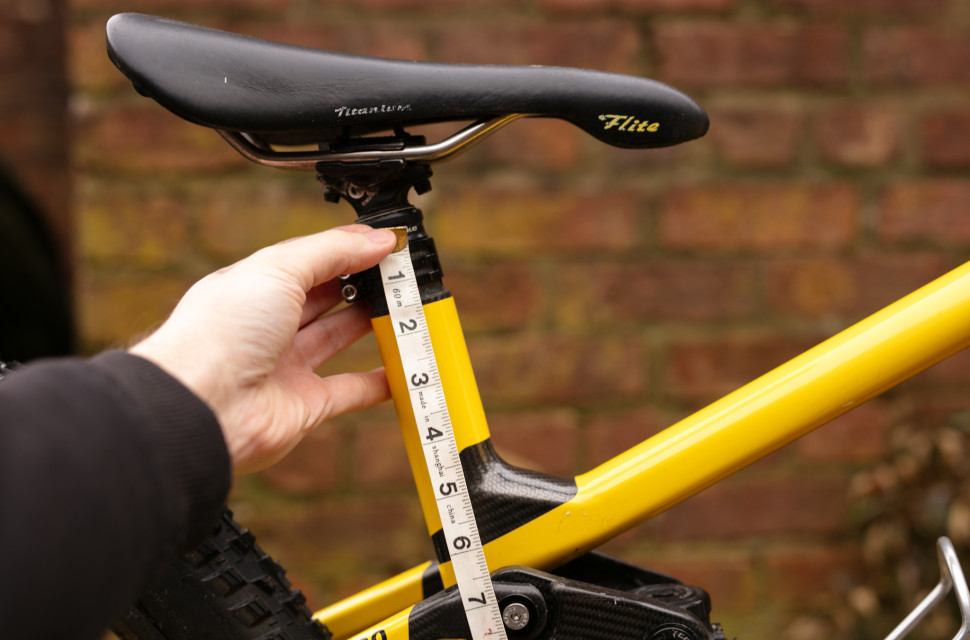
Getting a bike that fits you perfectly is the best place to start your off-road cycling career, but that’s far easier said than done. There are many variables to consider, especially when brands move away from the standard, ‘small, medium and large’ sizes to P1, P2, S3, S4 or Short, Mid and Long. Here are our tips for any newbie looking to buy their first bike.
- How to set up your mountain bike suspension - suspension set-up explained
- MTB enduro racing for beginners - how to prepare for your first race
- The bike geometry Bible - Everything you need to know about the shape of your bike
Get your measurements
Bike sizing is a deeply personal subject that revolves solely around your body’s proportions. Before deciding on a size, you’ll need to determine your overall height and inseam.
To measure your height, stand up against a wall and have a friend take your measurement with a measuring tape — or mark the wall and measure from there. For your inseam, measure the distance between the inside of your heel and your crotch.
Most bike brands ask for one or both measurements when determining your bike size. Some even go as far as to ask for shin and arm length measurements.
Check out the brand’s website
Every bike brand worth its salt will at least have a recommended size chart on its website. Usually found within a bike’s geometry table, or as a standalone chart, these show you the height range each bike size is designed to complement. These may overlap but we’ll get onto that later.
Better still, a lot of brands have bike size-finding tools where you’ll plug in your measurements and it’ll spit out the frame size that’s best for you. If you’re buying online, tools like these are the best place to get an idea of your frame size for that particular bike.
The best way to find out your bike size is to try different sizes
When starting off-road cycling and mountain biking, we recommend that new riders borrow a bike from a mate or rent one from the trail centre. Doing so will allow a hands-on experience you cannot get through an online bike-size tool. Renting a bike also rewards you with the shop’s expertise, who’ll be able to sort you out quickly and without much effort at all.
Heading to a bike shop is also a fantastic method of determining which size fits you the best. A bike shop will have plenty of different bike types to swing a leg over. From here, you can find which bikes and sizes suit you the best and compare geometry charts to other bikes once you get home.
Taking things one step further, demo days are more beneficial to riders with more experience under their belts. With these, brands offer riders the opportunity to book in some time with one of its demo fleets where you can take a bike away, ride it, and see what you think. Booking in time with multiple sizes will give you the best idea of which size works for you on that particular bike. It’ll also help you figure out whether or not the bike as a whole works for you.
It’s no longer just about seat tube height
Traditionally, bike sizing revolves around the seat tube height and whether a rider can fit over a bike. However, brands are moving away from that standard and instead choosing to size their bikes using the length of the reach and the bike overall as a reference. A big player in this movement is Merida and its Agilometer concept which bins the ‘small, medium and large’ sizing, choosing instead to go for ‘short, mid, and long’. This is a similar case for Specialized, which uses S1, S2, S3, and Privateer which uses P1, P2 and P3.
Using bike length paints a better picture of how that bike will ride, especially when standing on the pedals – typically when descending. That’s because the length of a bike’s wheelbase and reach directly affects how a bike feels to ride. Whereas the height of a seat tube doesn’t really.
It could be said this idea stems from road and gravel bikes, which often have the sizes named after the length of the top tubes.
These sizing concepts open up the subject of bike sizing, allowing potential customers to choose a frame size according to the kind of ride character they’re after. Riders can size down for a more compact bike – this will provide more agility, while a larger or longer bike supplies more stability. This is made possible thanks to shorter seat tubes, stack heights (in some cases) and adjustable dropper posts.
This doesn’t mean that anyone can pick any size, however, so head back to the brand’s bike size finder tool for an idea of what will work for you.
You can make your bike fit you - to a point
Every different model of bike, whether that’s gravel, road or MTB, is shaped differently. Stem lengths, bar widths, crank lengths and saddle positions vary greatly but thankfully, these can all be changed to suit you needs.
If your cockpit feels a little too stretched out, get yourself a shorter stem. If you want to place yourself more over the bottom bracket, you can shift your saddle forward on the rails. Granted, these adjustments aren’t a fix if you’ve simply gotten the wrong size bike, they’re more small tweaks to make your bike fit you better.

